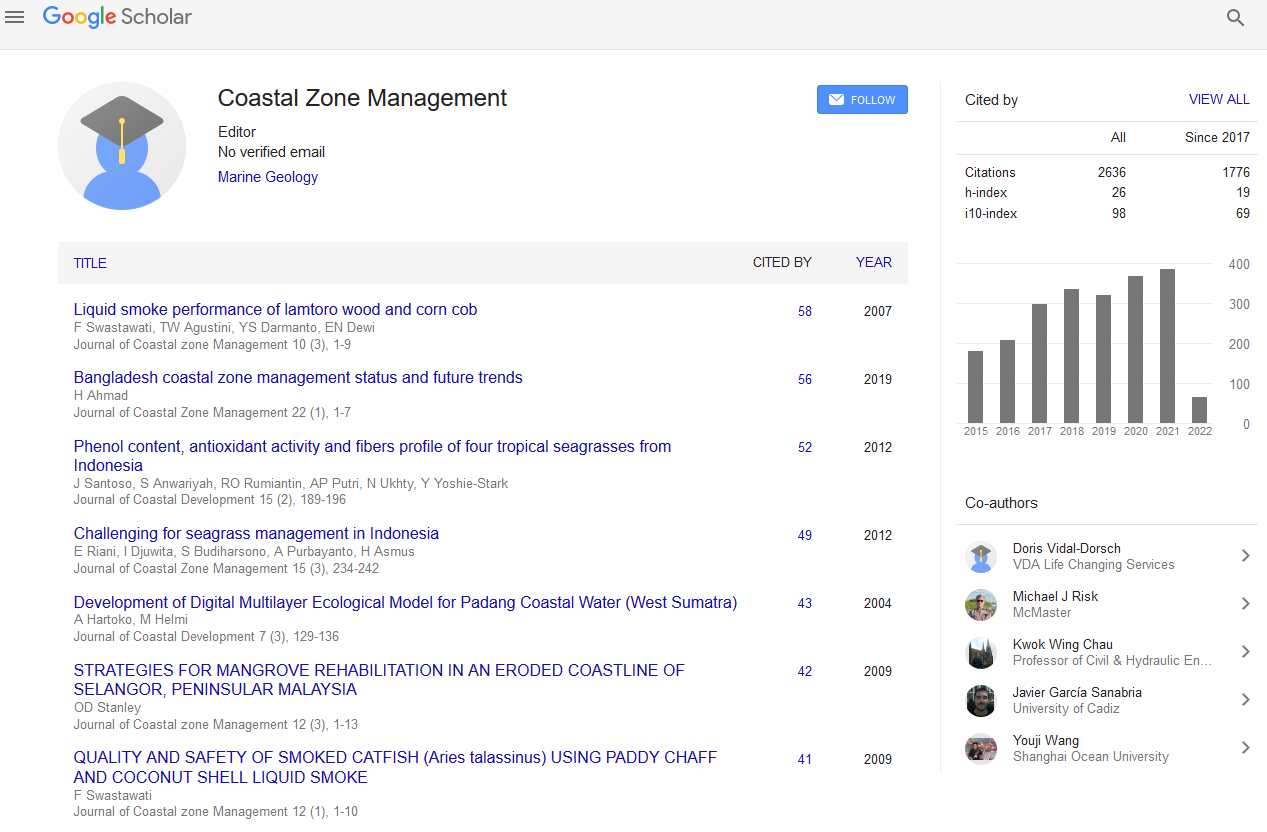Indexed In
- SafetyLit
- RefSeek
- Hamdard University
- EBSCO A-Z
- OCLC- WorldCat
- Publons
Useful Links
Share This Page
Journal Flyer

Open Access Journals
- Agri and Aquaculture
- Biochemistry
- Bioinformatics & Systems Biology
- Business & Management
- Chemistry
- Clinical Sciences
- Engineering
- Food & Nutrition
- General Science
- Genetics & Molecular Biology
- Immunology & Microbiology
- Medical Sciences
- Neuroscience & Psychology
- Nursing & Health Care
- Pharmaceutical Sciences
Abstract
Impact of Productivity Index on Foam Rheological and Hydraulic Properties in Vertical Wells
Seydou Sinde
The objective of this work is to analyze the foam rheological and hydraulic properties by the effect of productivity index. The analysis is based on a developed hydraulic model of foam drilling for vertical wells. Because foam, as a multiphase fluid, requires complex mathematical formulae to involve more real representative conditions for better accaracy, VISUAL BASIC codes were used for the programming of the hydraulic model. The method for achieving so is to graphically represent different foam rheological parameters versus the annular depth at different productivity indices. The graphical plots are also followed by detailed explanations illustrating the reasons of the various trends for the different parametric profiles. As the annular foam is made of discontinuous gas bubbles surrounded by the continuous liquid films in addition to the drilled solids, any variations in gas, liquid or cuttings concentration will have some impacts on foam rheological and hydraulic properties. If the annular foam density and pressure are not significantly affected by the change of the productivity index, annular velocity, quality, Reynolds number and cuttings concentration are affected. Flow power index, consistency index, effective viscosity and friction factor are not only affected by the productivity index, but also might change the trends of their profiles. Therefore, this work intends also to add to the literature this model based on published experimental, analytical and mechanistic conclusions. Thus, good control of foam rheology by the use of the developed model can lead to better understanding and design of the foam hydraulics for vertical wells.
Published Date: 2020-11-27;

